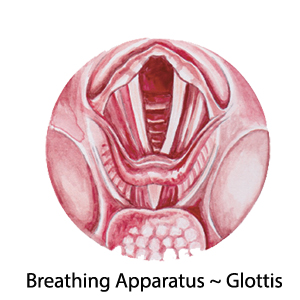Description
“The Nervous System: Move your body ~ Move your brain” ~ Chapter 1
Chocked full of relevant information, Schwartz discusses the physiological process of how our breath & breathing, posture & movement, and structure & body are all in interdependent relationship with one another. By deepening our understanding of these individual components and how they integrate into the whole, both students and teachers of therapeutic yoga will gain meaningful material to broaden their scope of practice.
“Restoring the proper sequence in breathing is often the foundation in the therapeutic process. As the mechanics of the breathing apparatus are restored, balance can return to structural, physiological and emotional components.” ~ Chapter 2
Instead of providing recipes in movement strategies, this book teaches the reader to combine ingredients to tailor to the unique presentations of their clients. Applied Anatomy for Yoga Therapeutics goes into great detail about a process called “Test Challenge Retest” — a strategy to help keep the body safe.
Topics covered include:
- The Role of the Nervous System
- Breath and the Breathing Apparatus
- The Anatomy of Structure
- Movement and Learned Behavior
- Compensation and Coping Strategies
- Movement Repatterning
- Inquiry and Test Challenge Retest
- Anatomy Through the Lens of The 5 Primary Kinetic Chains
- Therapeutic Asana and Movement for Injury
“Compensation is our nervous system being brilliant at finding the solution to the movement equation.” ~ Chapter 7
Included in the book are illustrations and anatomy charts outlining The 5 Primary Kinetic Chains. They are both exceptional in content and presentation. The colors simplify and demonstrate how the body integrates in movement – something traditional muscle charts simply cannot display. The clarity of how the core cylinder integrates with breath and movement is information that builds a bridge from the wisdom of time-tested practices to contemporary biomechanics in the emerging field of yoga therapeutics. Spiral Bound. 132pp.
Perhaps one of the most compelling aspects of Joseph’s work is his compassionate and respectful perspective on coping and compensation. Dysfunction is not regarded as a problem, but as the body doing its best. With the breath governing the inquiry at all times, reverence for the individual’s unique coping mechanisms and limits is maintained as new thresholds of function are established. Like the beautiful, artistic renderings in his book, Joseph’s approach to the human body is multi-dimensional, nuanced, and inspiring. I cannot recommend this book highly enough. I firmly believe that Joseph’s work is a timely contribution to the fields of manual therapy, somatic studies, and all movement-based disciplines. If you have a body, you need this book. ~ Christina Sell, author of Yoga From the Inside Out: Making Peace With Your Body Through Yoga and My Body is a Temple: Yoga as a Path to Wholeness










Reviews
There are no reviews yet.